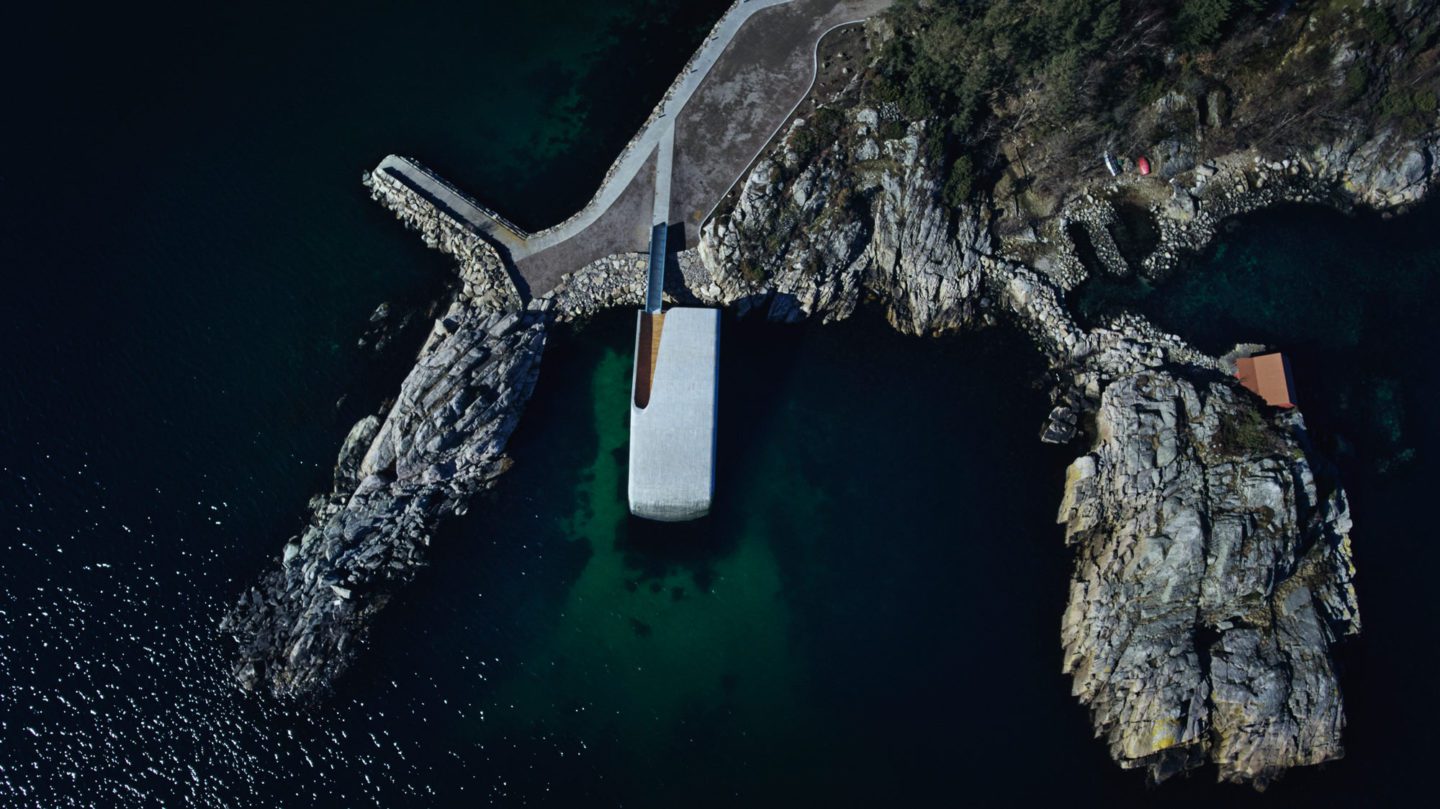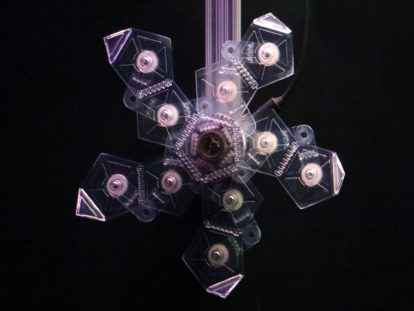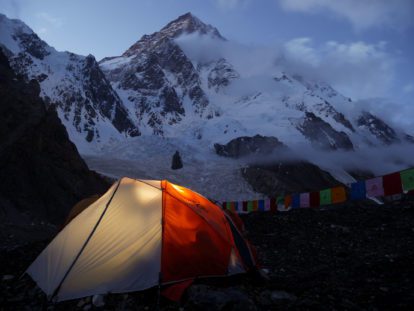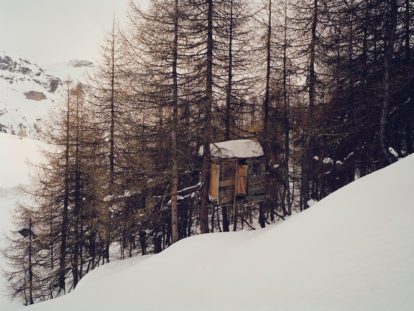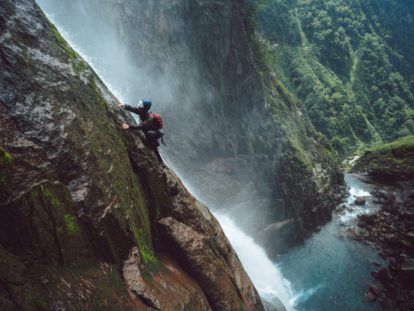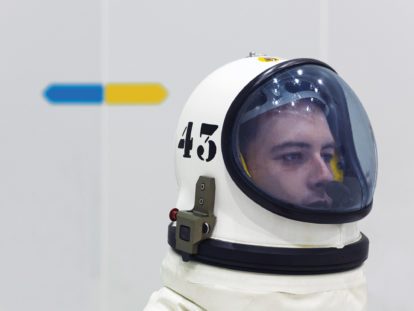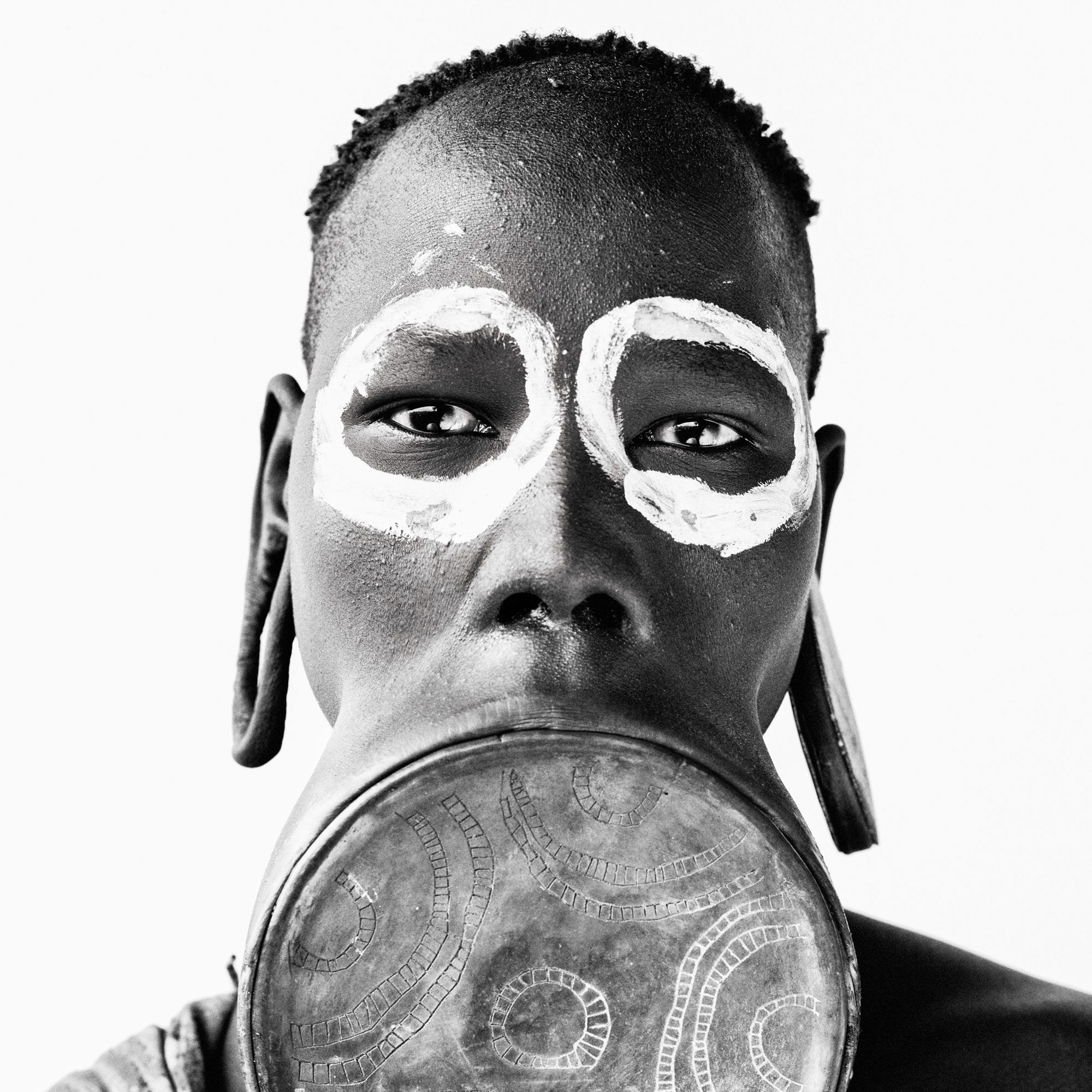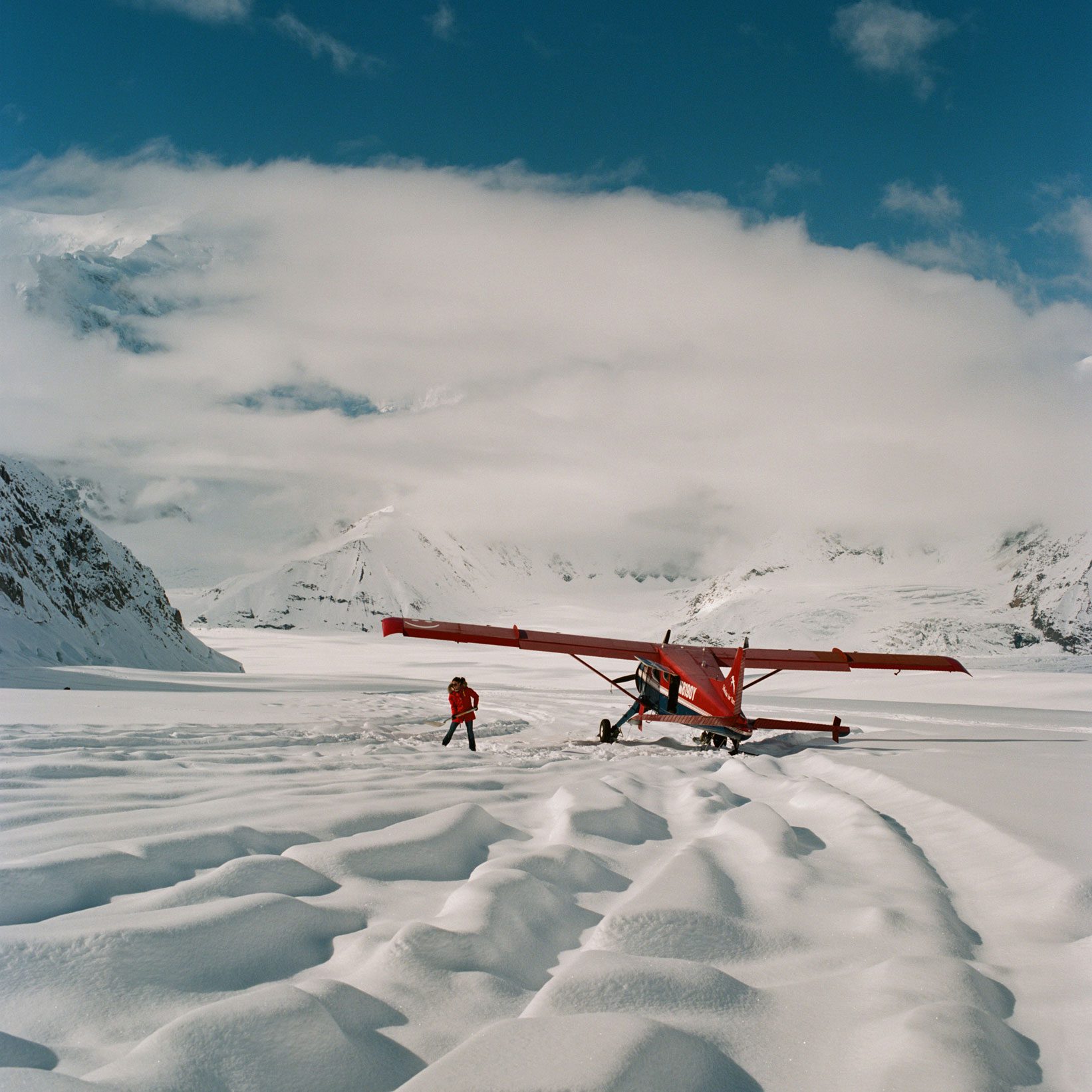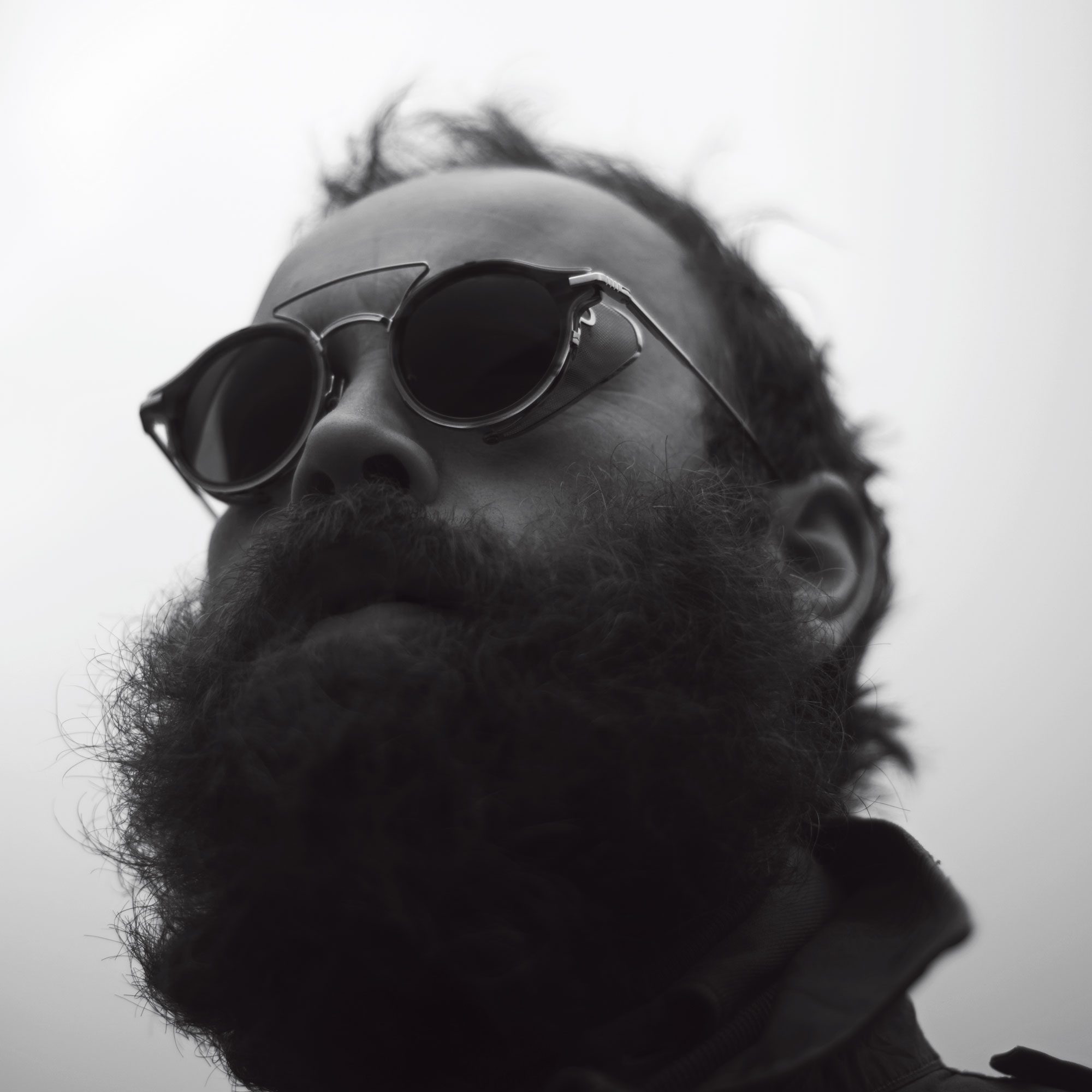It rears out of the North Sea like some great Leviathan. Yet this 111-foot-long apparition is neither sea monster, nor submarine, but an ambitious new underwater restaurant whose environmental credentials include doubling up as an artificial reef.
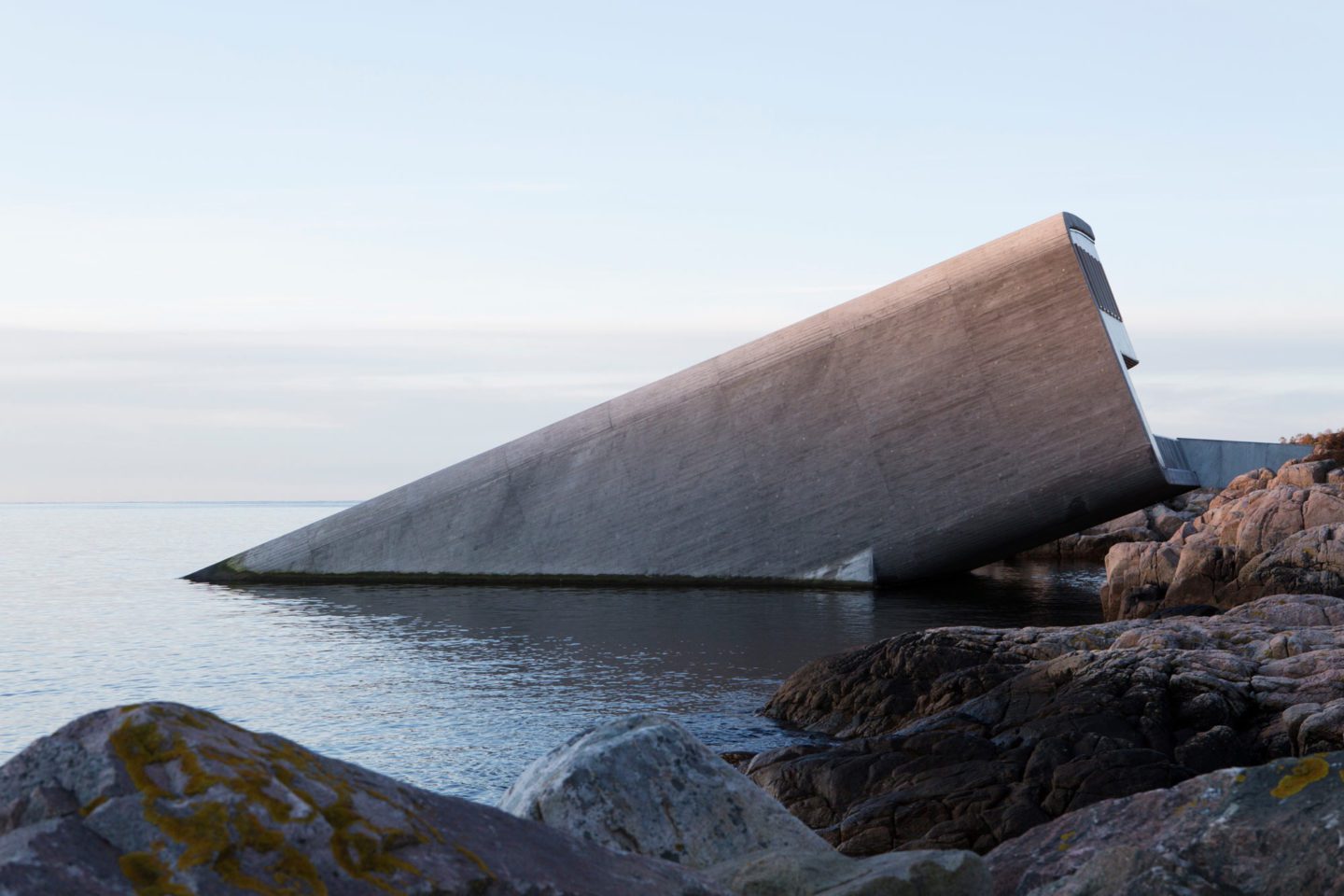
Under’s minimalist design is curved to withstand wave pressure. Photography: Inger Marie Grini.
A whole world away from more picturesque Maldives underwater dining experiences, it was commissioned by Norwegian brothers Stig and Gaute Ubostad partly so that diners can experience the sea at its roughest. Norwegian architecture firm Snøhetta – whose other structures include the National September 11 Memorial Museum in New York – have created it with half-metre-thick concrete walls, and a minimalist design curved to withstand wave pressure.
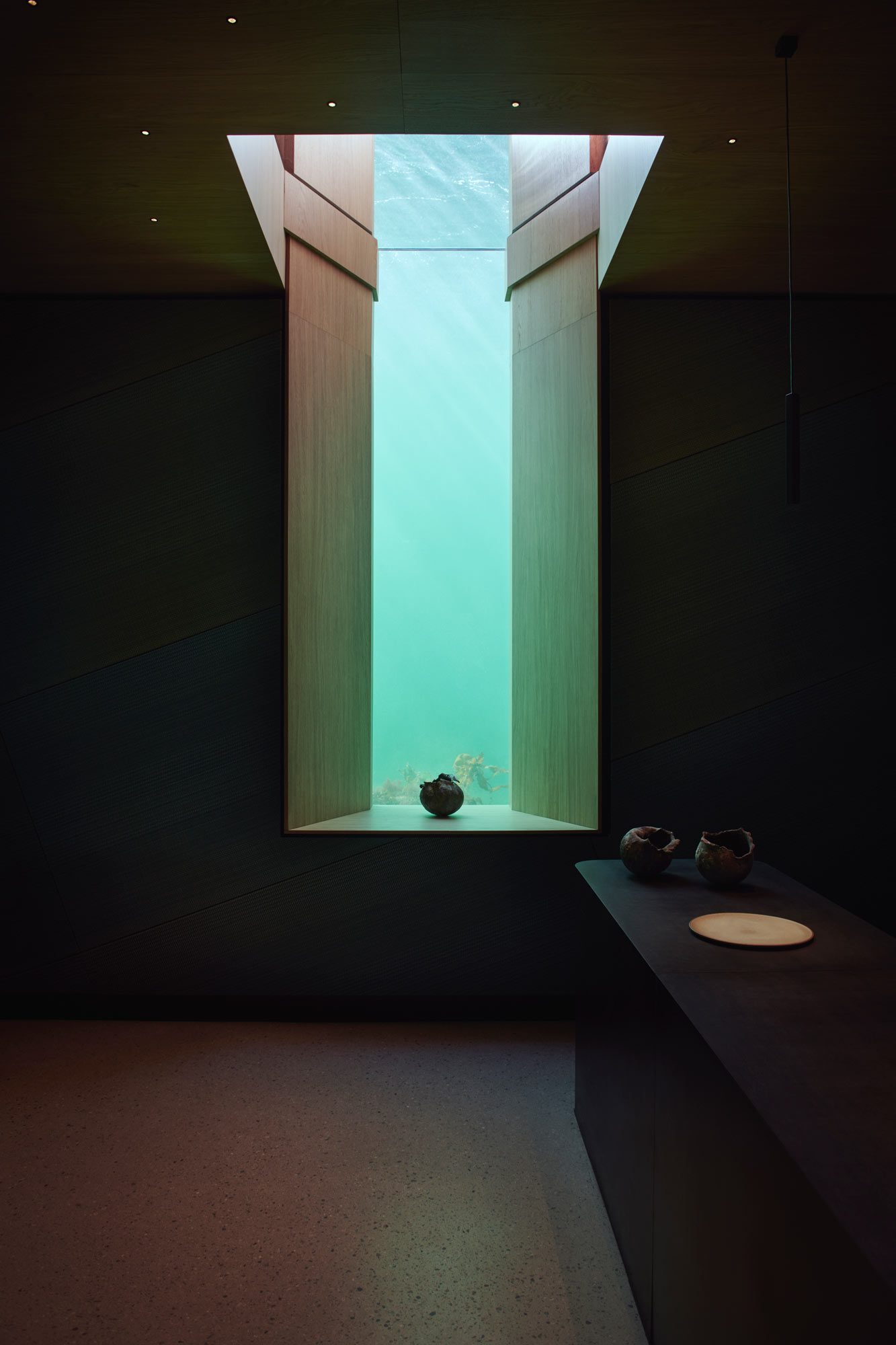
Photography: Ivar Kvaal.
The dominant feature of the restaurant is a panoramic window, 36 feet wide by 13 feet high, through which diners can look out at jellyfish, lobsters and schools of fish as they swim through the shifting greens of the sea. The restaurant itself, which is located close to the remote town of Båly on Norway’s southern coast, seats 40 diners at any one time and is already booked several months in advance.
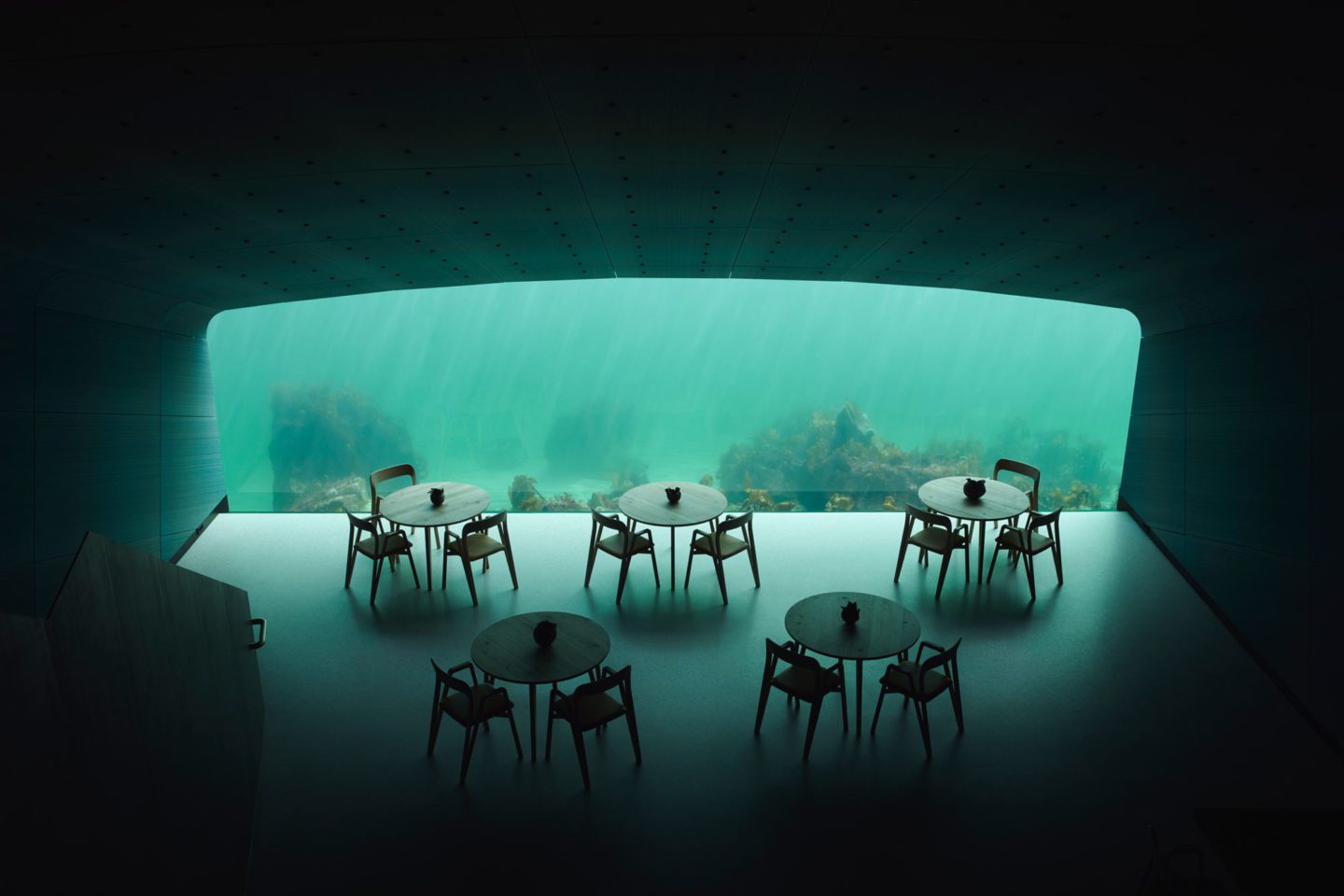
The restaurant’s most striking feature is a 36 foot wide panoramic window with a view of the seafloor. Photography: Ivar Kvaal.
It has three levels, including a champagne bar. While you can eat Danish caviar here, the speciality is sustainable seafood including limpets, squat lobster, and carpet clams. Cost for the set menu hovers at around £200, with optional alcoholic and non-alcoholic pairings. A spectacular new chapter in adventurous, environmentally savvy dining.
under.no
